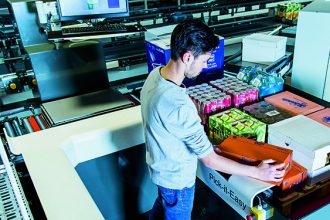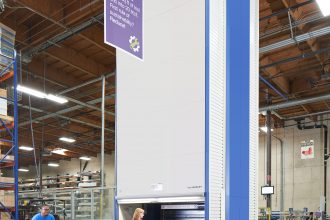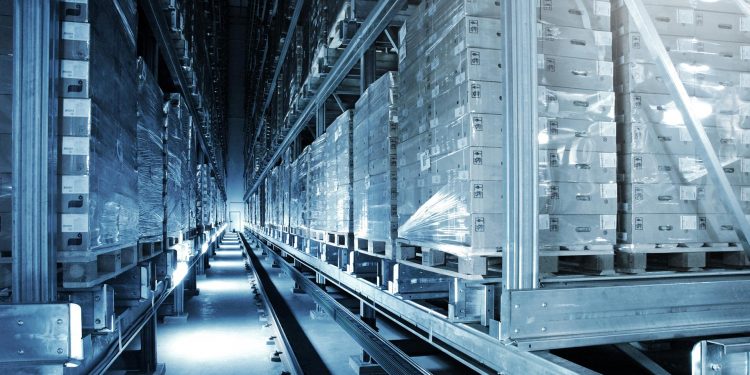
Work in cold-chain warehousing is not for everyone—it’s a tough environment to sell to potential employees. This is on top of a labor shortage that is hitting warehousing particularly high. Most employers admit that their number one challenge is finding qualified staff that want to stick around long-term in refrigerated or freezer settings.
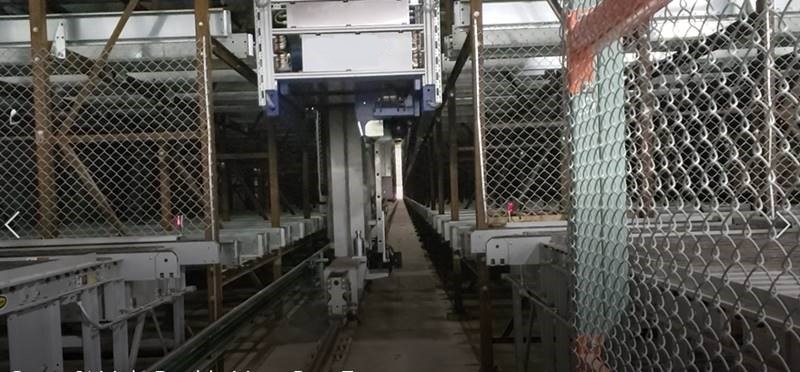 One of the best solutions to the problem in cold-chain warehousing is turning to automation. This could involve a scalable effort of automating part of a facility in order to enhance the work of staff, or alternatively, going all in and automating all processes, drastically reducing the number of employees needed. Either approach requires strategic planning and informed implementation to successfully implement cold chain supply solutions without disruption to operations.
One of the best solutions to the problem in cold-chain warehousing is turning to automation. This could involve a scalable effort of automating part of a facility in order to enhance the work of staff, or alternatively, going all in and automating all processes, drastically reducing the number of employees needed. Either approach requires strategic planning and informed implementation to successfully implement cold chain supply solutions without disruption to operations.
The first step should be determining which areas of operations are most challenged–often, being the areas where the most manual labor is required. Bottlenecking is a major indicator of where automation can make the most impact. Another issue often found before an ASRS system is installed is a need to scale up, but lacking the personnel to do so.
Calculating the requirements to justify the move to automation involves comparing the average amount of time workers are required to spend in each area to handle pallets or cases on a daily basis. For example, after careful consideration of warehousing tasks, one might identify the top-three most labor intensive processes as: case picking, pallet put away to storage, and pallet retrieval and replenishment. Adding up the required staffing hours for these tasks compared to what automation can offset, when selected and correctly implemented, provides an initial overview of how cold chain solutions can make a big impact on the bottom line.
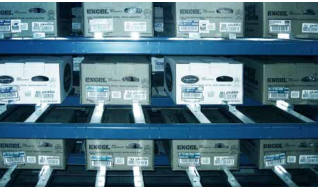 An automated storage and retrieval system (ASRS) is one of best options for scenarios for warehousing solutions because it works well in the cold chain environment. ASRS can automatically handle pallets or cases and store them multiple levels high. This boosts storage density while minimizing a facility’s overall footprint.
An automated storage and retrieval system (ASRS) is one of best options for scenarios for warehousing solutions because it works well in the cold chain environment. ASRS can automatically handle pallets or cases and store them multiple levels high. This boosts storage density while minimizing a facility’s overall footprint.
When implementing an ASRS, there is increased reliability in item and source tracking, which is especially helpful in the cold chain supply when it comes to food. Suppliers can rest assured knowing proper temperatures have been maintained from end to end. Additionally there are numerous areas that benefit from cost savings. These are achieved through lower operating costs that lead to faster ROI; increased productivity and efficiency; reduced environmental footprint/energy consumption costs; lower reliance on temporary labor; and easy integration of new resources to your standard processes.
How will a labor force react when the move is made for supply chain automation with a cold chain setting? An ASRS serves as a welcome addition, relieving staff of dull and repetitive tasks. Personnel historically report that enjoyment is found in the fact find that they have to spend less time in the cold environment, which frees them up to allocate attention to tasks elsewhere on the warehousing floor. Worker safety also increases, as fewer bodies in the same space mean less spread of illnesses and less likelihood of accidents due to cramped space. This keeps staff healthier and more available for their shifts.
ASRS in the cold chain supply offers many advantages including- but not limited to cost savings- and is worth a closer look for any company looking to streamline their material handling and warehousing challenges.


